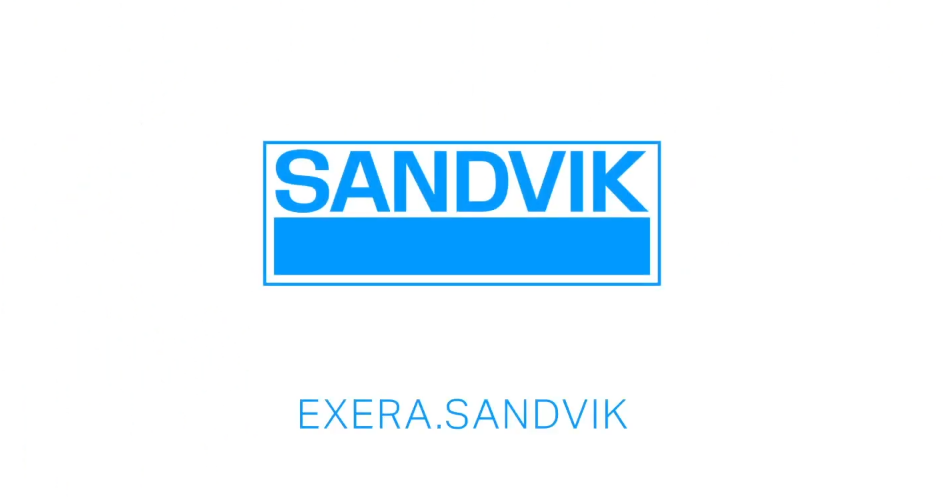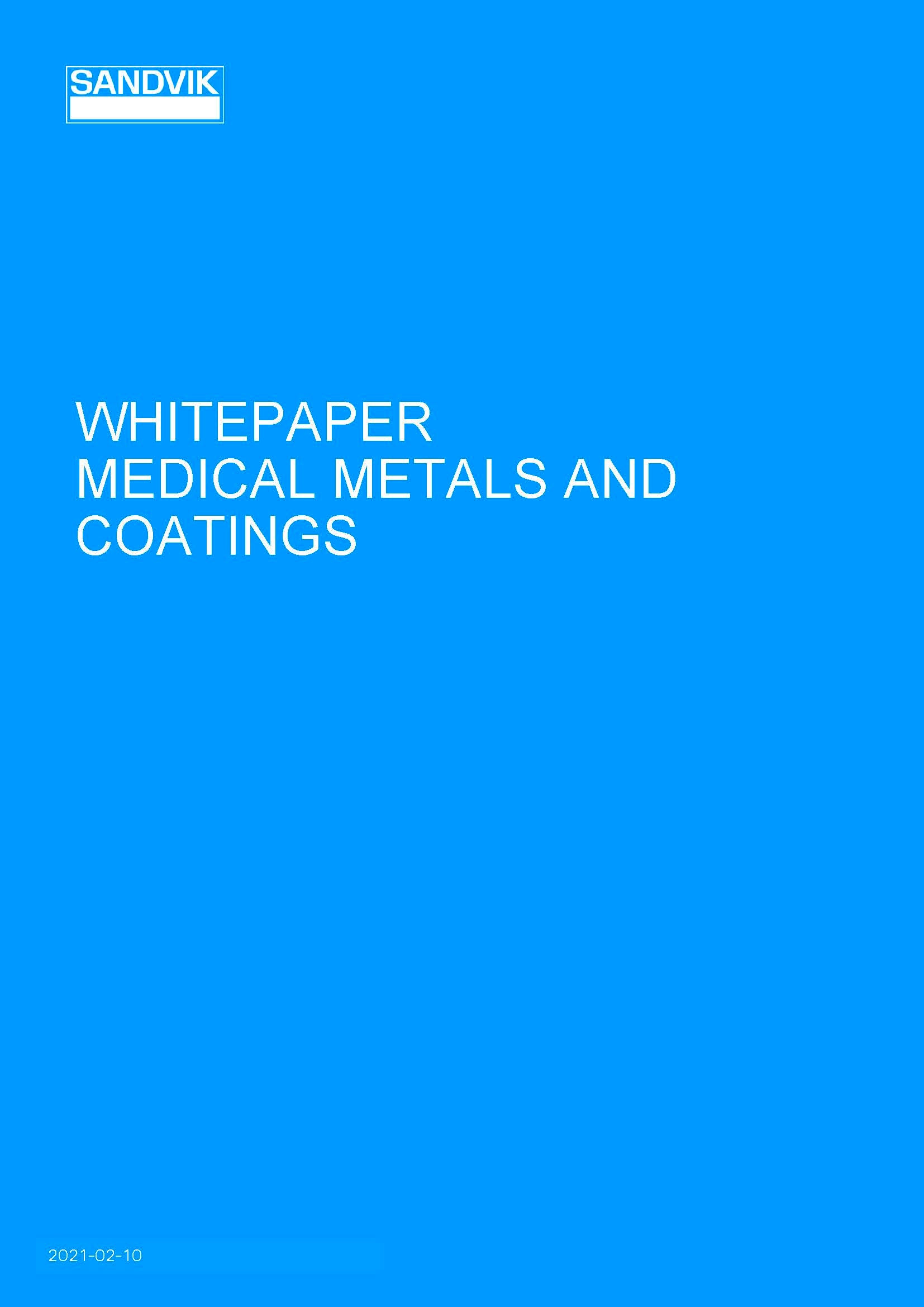
Making a commitment to sustainability is more important now than ever. Setting goals and making actual progress that’s transparent to partners and customers is what is expected of an industry-leading company in the medical devices industry,
One company that’s dedicated to using engineering and innovation to make the important step towards maintaining sustainable business practises is Swedish steel manufacturer Sandvik. The company has laid out four goals to achieve by 2030, along with regularly updated progress reports. This will be done by integrating targets within performance management systems, creating sustainability idea hubs, holding annual sustainability award to celebrate innovation, updating “its governance framework and Code of Conduct, and ensuring absolute transparency of progress.”
Marketing communications manager Lena Wiig Boström has shared the company’s sustainability goals and practices in the hopes that other medical device manufacturing companies will take note – and serious strides toward future sustainability,
Goal one: becoming more than 90% circular
The shift towards circular business models (such as recycling tools) is essential for a sustainable business. Sandvik aims to be more than 90% circular by 2030, meaning that material and resource are used efficiency, including recycling parts for customers and halving waste in production processes. In 2019, Sandvik steel was derived from 82% recycled material.
Goal two: halving CO2 impact
To reduce its impact on the environment, Sandvik has committed to improving part of all product development projects in terms of CO2 emissions, including transportation. This includes using fossil-free electricity or biofuel vehicles and Kanthal® electric heating systems for applications such as the processing of aluminium and steel.
Goal three: zero harm to people
Health and safety improvements are particularly important in the heavy industries that Sandvik works in, such as mining. The company is integrating safety improvements in all product development projects, carrying out safety/risk analyses with all services and products, and offering health and well-being programmes to all Sandvik employees. Within operations, Sandvik aims to halve Total Recorded Injury Frequency Rate (TRIFR) and occupational illnesses.
The step into the medical device sector for Sandvik with its Exera wire-based components is reflective of the commitment to improve lives. The ethos of the Exera brand, which is used for medical applications such as pacemakers, glucose monitors and cochlear implants, is high quality and excellence in the products enabling patients to regain control of their lives and live as normally as possible.
Goal four: transparency, diversity and inclusivity
Sandvik offers transparency of its sustainability targets and results and aims to operate a proactive and agile Compliance system. Additionally, the company builds a diverse and inclusive workforce with at least one-third female managers. All suppliers will be compliant with the Sandvik Supplier Code of Conduct, which comprises fundamental principles on human rights, labour rights and the environment.
Sandvik also complies with ISO 14001, which specifies the requirements for an environmental management system that an organisation uses to enhance sustainability, helping companies to manage environmental responsibilities in a systematic manner.
There are a number of ways in which the Exera brand specifically is working towards sustainable practices. For example, when Sandvik works with customers to manufacturer a medical component, expertly configured prototypes are created to test absolute suitability and efficiently for the application to avoid creating large starter batches that may prove to not be ideal.
Read more about the sustainability work at home.sandvik



